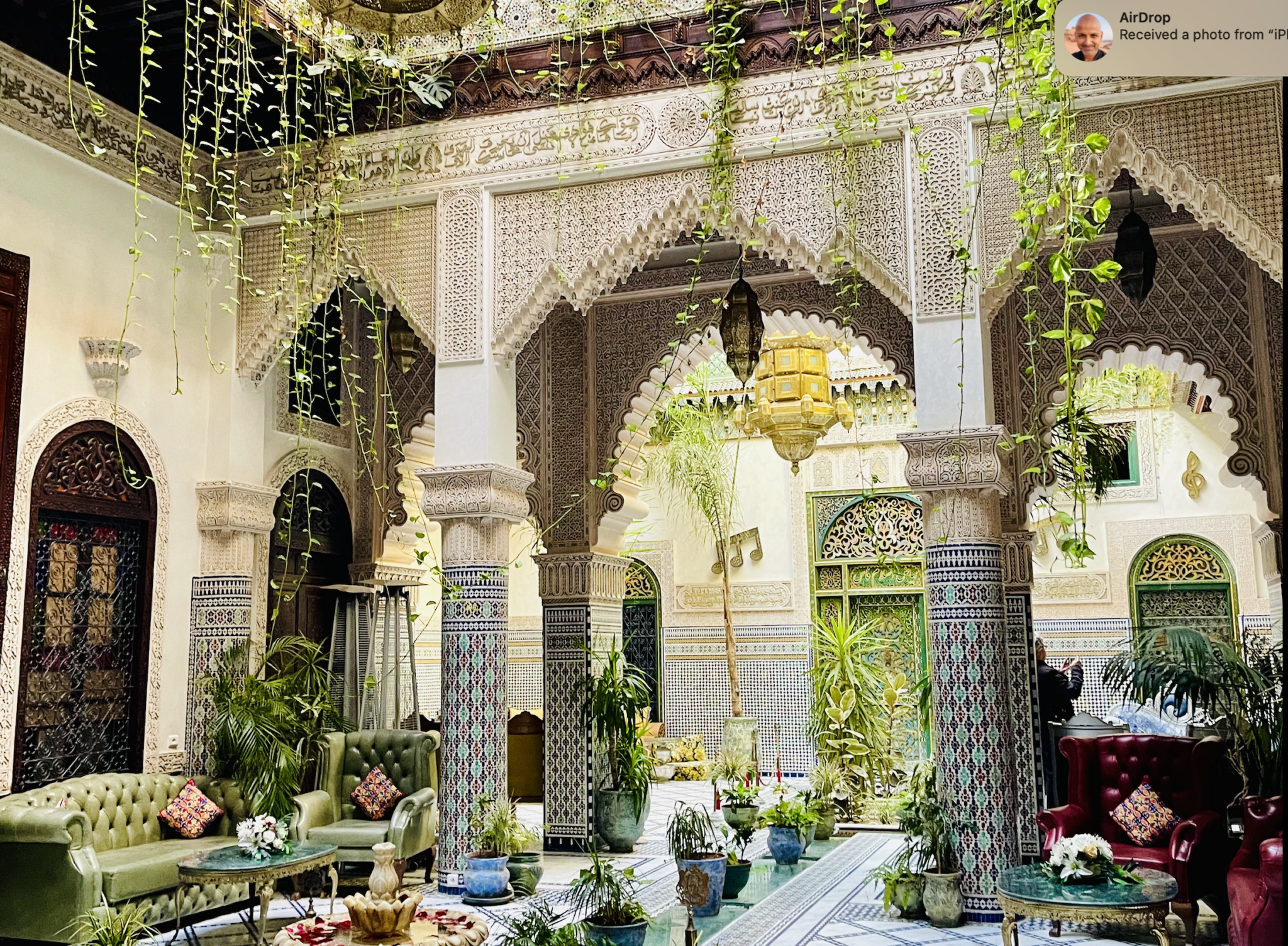Beyond Rooms: How Riads, Gers, and Local Spaces Redefine Global Travel

Skift Take
This is the seventh in a series of video diaries I am doing while spending time in Morocco for a family commitment. I am experimenting with this video diary format to share my thoughts on the travel industry through the lens of my stay here.
Here’s the first one, which was on preserving authenticity in a digital age; the second one, on the renewed importance of visiting-friends-and-relatives travel in a globally mobile world; the third one on the rise of the individual vs. brands and what it means for travel leadership; the fourth one, on the joys of traveling with family in collectivist societies; the fifth one, on the missed opportunity for morning and night tourism; and the sixth one, on how tourism flattens food cultures.
The seventh one is below. If you aren’t able to view the video properly here, check it out directly on my LinkedIn post.
How Local Hospitality Concepts Shape Global TravelHey folks, how are you?
One of the things I've been thinking about while I'm still here in Morocco is the equivalent of Moroccan riads in other parts of the world, and why they resonate so much. For those who don’t know, Moroccan riads are local hospitality concepts. These are traditional Moroccan homes that have been turned into hotels or small boutique accommodations.
They’ve really stretched the concept—from conversions of old homes to entirely new builds—ranging from the lower end of the market all the way up to the extremely high-end. They resonate with people because of their authenticity, their immersive quality, and their ability to engage all the senses.
Equivalent concepts exist elsewhere. For instance, in Mongolia, there are gers—those round, wool-based accommodations—and I’ve stayed in houseboats in Burma that were once local homes converte

